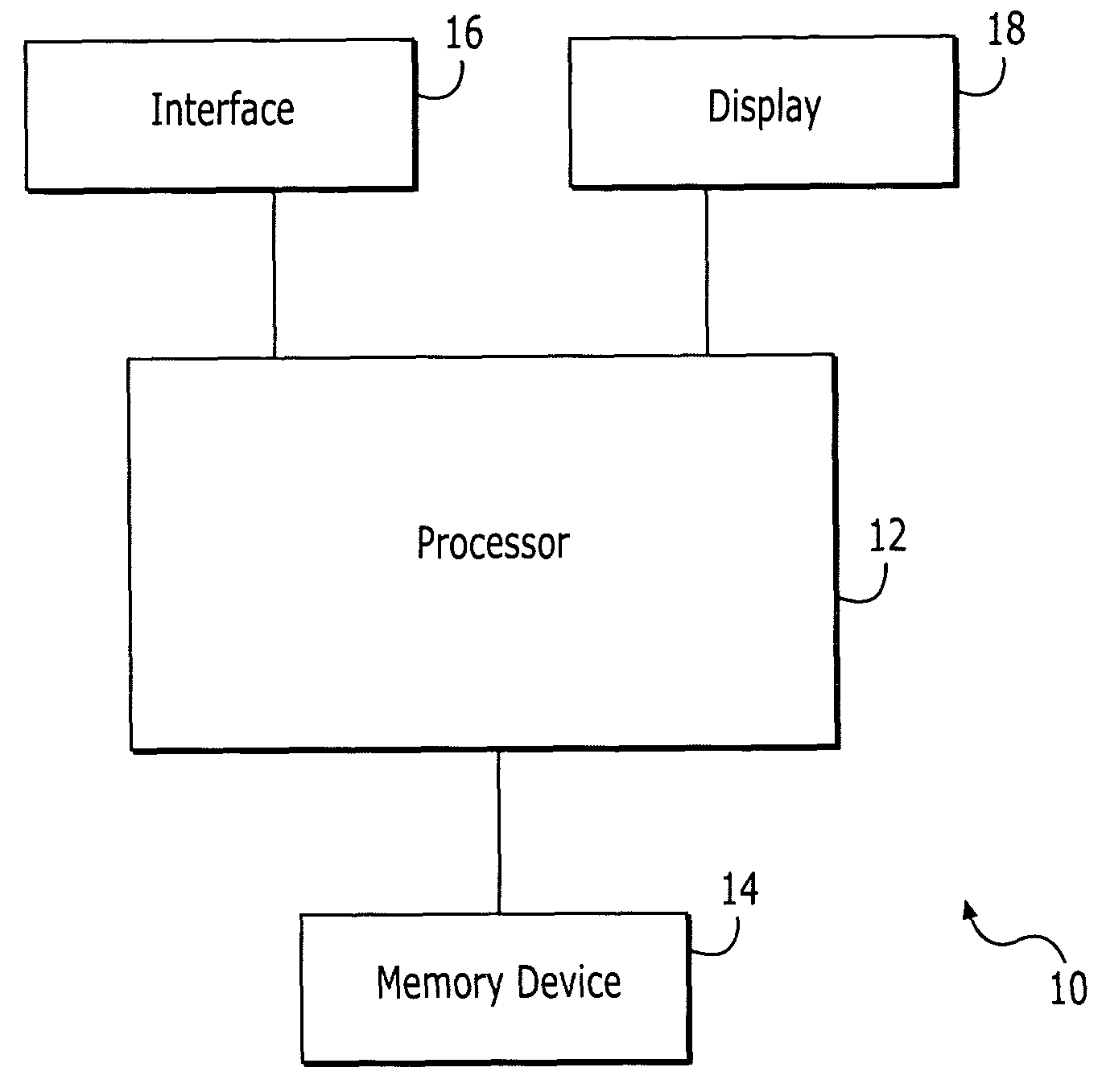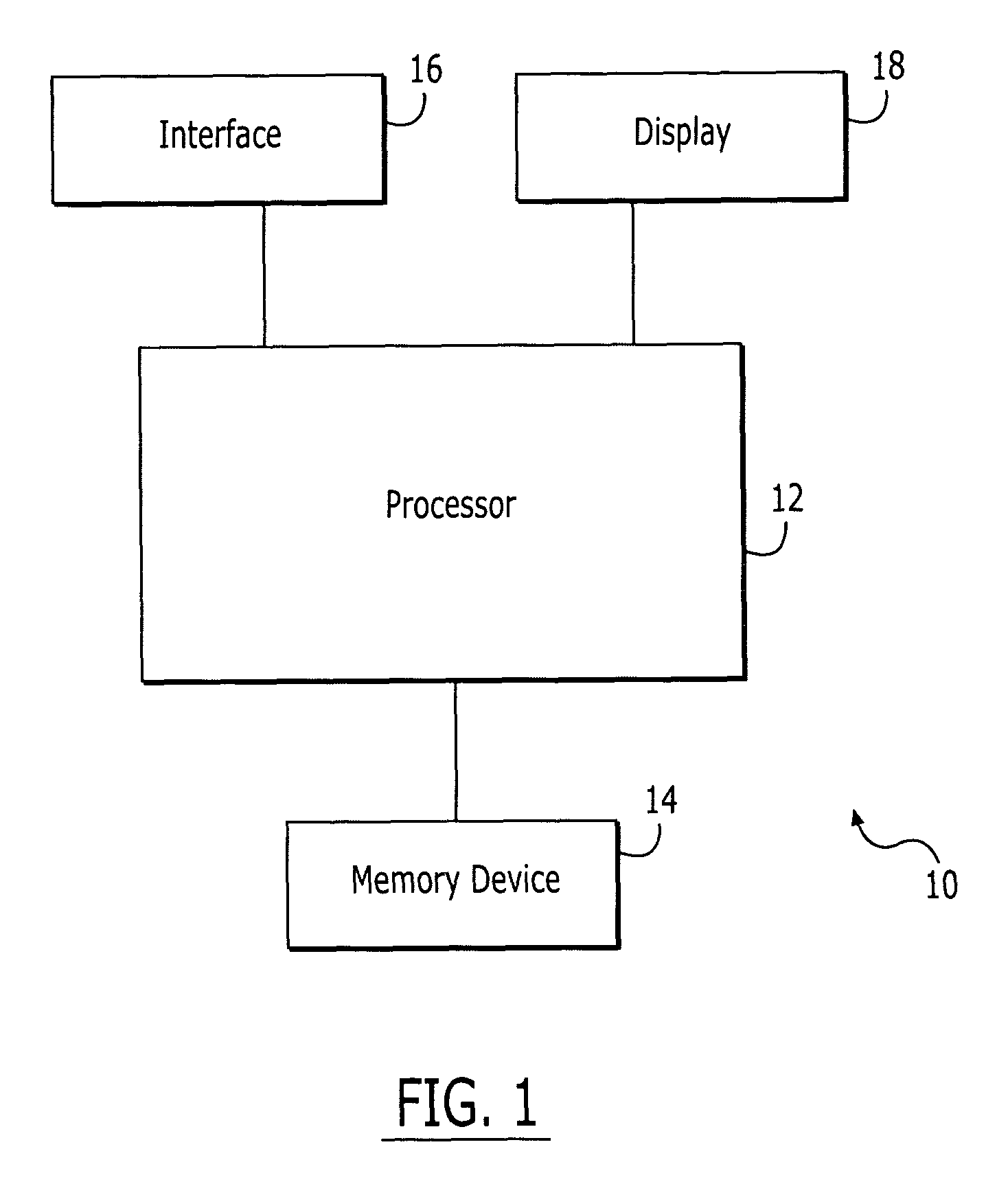Maintenance, including the reliable
troubleshooting of complex systems, is a common issue in various industries, especially under time and economic constraints.
In contrast, unscheduled maintenance is performed as required to maintain the aircraft's allowable minimum airworthiness during intervals between scheduled maintenance.
However, unscheduled maintenance may be performed during a scheduled maintenance check if a mechanic identifies a problem that was not anticipated.
Therefore, the time allocated to unscheduled maintenance is often limited to the relatively short time that the aircraft is required to be at the gate in order to permit passengers to unload and load, to refuel and to otherwise service the aircraft, all of which may take approximately 20 to 120 minutes on average depending on the aircraft type and
route to be flown next.
Clearly, if an unscheduled problem arises that cannot be addressed on the ground, the flight will be delayed or cancelled, or a replacement aircraft found.
As explained below, it is oftentimes difficult to complete the unscheduled maintenance in this timeframe, thereby leading to flight delays and / or cancellations.
These flight delays and / or cancellations are extremely costly to an airline, both in terms of actual dollars and in terms of passenger
perception.
In this regard, an airline typically begins accruing costs related to a
flight delay following the first five minutes of a
delay, with substantial costs accruing if the flight must be cancelled.
Notwithstanding the critical importance of properly performing unscheduled maintenance in both an accurate and timely manner,
mechanics who perform the unscheduled maintenance on the flight line face a daunting challenge, given the complexity of an aircraft
system.
In this regard, in addition to the time pressures described above, these
mechanics are generally required to troubleshoot the aircraft based upon a limited amount of information that has been provided by the flight, cabin or maintenance
crew or by onboard computers, sensors, maintenance messages or the like.
While
troubleshooting any
system based upon this limited information would be difficult, troubleshooting an aircraft which is an extremely large and complex
system comprised of many interconnected subsystems is particularly difficult.
Unfortunately, the more
ambiguity there is between the suspect LRUs, the more difficult it is to single out the truly faulty LRUs and the more prone a mechanic is to want to replace all suspect parts, rather than continue to troubleshoot to disambiguate and narrow the field of suspect LRUs.
However, a mechanic, in his / her haste to return an aircraft to service, may skip tests that are necessary to refine the troubleshooting from a handful of suspect LRUs to a specific one or two suspect LRUs since the time required for the tests may cause the upcoming flight to be delayed or cancelled.
As will be apparent, however, the replacement of LRUs that are actually functioning properly increases the costs to maintain the aircraft, both in terms of the cost of the parts and the labor.
Additionally, the replacement of LRUs that are functioning properly may cause an excessive number of LRUs to be maintained in inventory, thereby also increasing inventory costs associated with the maintenance of the aircraft.
Normally, however, the mechanic must work through a fairly complicated troubleshooting procedure which attempts to identify the suspect LRU(s) based upon the problem and the accompanying symptoms and, in many instances, based upon the results of one or more additional tests that are performed in an attempt to isolate the suspect LRU.
Since the aircraft includes a large number of interconnected systems containing LRUs, and since the propagation of any fault through the system is equally complex, fault isolation manuals (FIMs) have been developed for a number of different aircraft models to guide a mechanic through the troubleshooting process.
Unfortunately, these manuals are voluminous, and oftentimes include a number of supplements or updates that must be cross-referenced in order to appropriately troubleshoot the aircraft.
Further, these manuals are oftentimes maintained in a
central repository or technical
library at the airport and are not immediately available to a mechanic who is repairing an aircraft at the gate.
If, however, the troubleshooting process proceeds in a manner not anticipated by the mechanic, the mechanic may have to return to the
library to reference or copy additional pages of the manuals, thereby further slowing the troubleshooting process.
Even with the appropriate manuals to guide the troubleshooting process, a mechanic may have difficulty troubleshooting a problem and may need to contact a representative of the aircraft manufacturer for more assistance or information regarding the latest updates, thereby further delaying the troubleshooting process.
As described above, maintenance operations, especially unscheduled maintenance operations, include a very complicated troubleshooting process which oftentimes requires a mechanic to reference one or more manuals that outline the process and, even if performed correctly, may require an aircraft to be on the ground in repair for an undesirably long period of time.
Unfortunately, gathering the systemic, experiential and other information that is desired to construct the
diagnostic model has been largely a manual process, which can be inconsistent, extremely time-consuming and, in some instances, impractical.
First of all, the experts who could provide the systemic, experiential or other information are not always available.
Moreover, the information provided by the experts may be somewhat inconsistent.
Additionally, different experts may express the same or similar concepts in somewhat different terms leading to slightly inconsistent information.
Accordingly, while the
diagnostic system and method of U.S. Pat. No. 6,574,537 are a significant advance in the art with respect to troubleshooting complex systems to identify one or more components that has failed, the construction of the
diagnostic model or network utilized by the
diagnostic system and method can be quite time-consuming and expensive and may require the involvement of a number of experts in the field.
 Login to View More
Login to View More  Login to View More
Login to View More 


